May 2019 – Luna – 2D isometric level editor
Here a level 2D isometric editor I made for Luna: Queen of Darkness.

April 2018 – Start of an avatar design interface
For one of my project, here is a start of an avatar design interface
The following images all came from a crude prototype made to test the ideas. The art, the design, the game play and the text are all not final and may be subject to change.
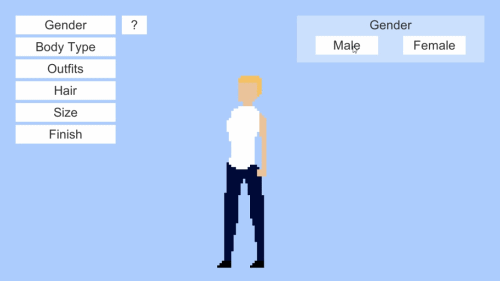
March 2018 – some prototype
Here’s some work I did in March 2018
The following images all came from a crude prototype made to test the ideas. The art, the design, the game play and the text are all not final and may be subject to change.
Path
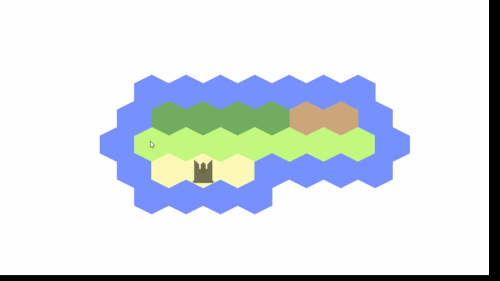
Map editing

2017 – A year of Prototype Part. 2
For the second part of 2017, I tried a different approach to make a multiplayer puzzle game.
The following images all came from a crude prototype made to test the ideas. The art, the design, the game play and the text are all not final and may be subject to change.
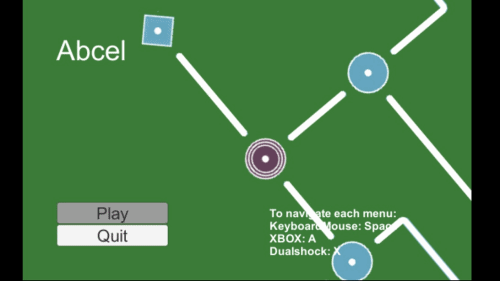
In this case, the concept was to make a collaborative puzzle game.
For each level, the player’s goal is to create a path between their starting node (Home) and all the servers (Diamond shape node) on the map. To do so, the player needs to move between the nodes and change the setup of the connection between them. The player moves between a node by using a active connection between the node.
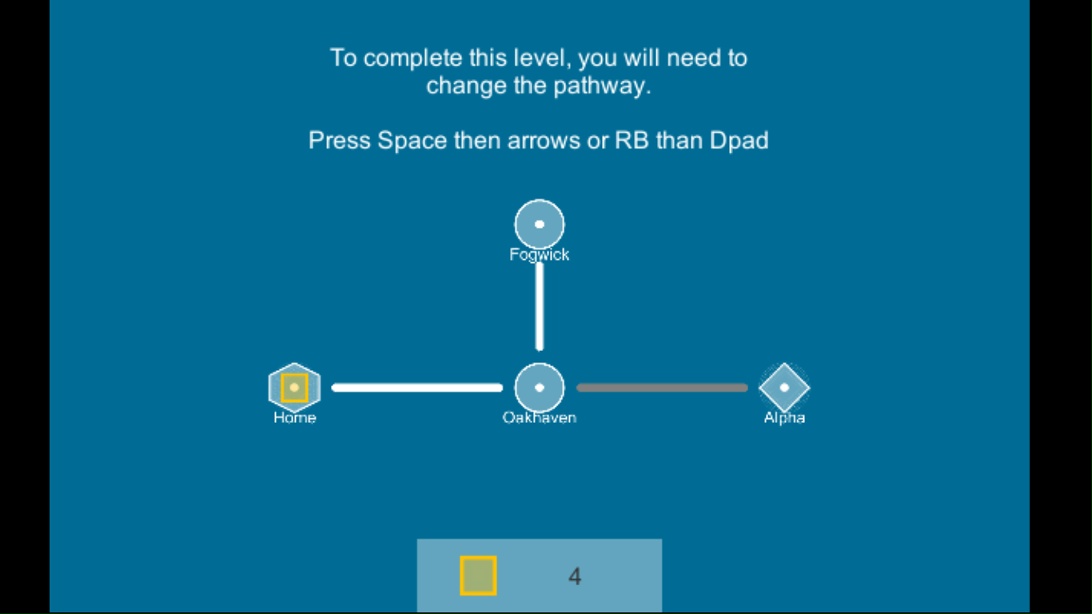
To spice things up, an AI is setup against the players, making their task harder by manipulating the set up of the connections between the nodes and securing the nodes. The player must then decipher the node to get access to it.

Each player has a limited number of actions, preventing them to be able to do all the requirements to solve a level alone. They would need the help of other players to navigate the map and decipher all the nodes.
However, they were some problems to the prototype.
Feedback

The game’s feedback was inefficient in this prototype. While play-testing, my players were not understanding intuitively the goal of the game and how to achieve it. It wasn’t clear to the players their actions and the game state. The player couldn’t tell why they were winning, losing or on how the AI was acting.
Multiplayer Logic

The design of the levels was not yet designed in a multiplayer mindset. While the idea of manipulating the connections between the nodes was intriguing, the problems rapidly became evident when more than one player was playing. The levels were too small to give each player interesting choices.
This problem arose because the premise was that every level could be solve by any number of player. However, due to the nature of a puzzle game, an interesting solution for a level is intimately linked to the number of players. So, when I was designing levels for one player, those levels were not interesting if two player were playing. So, each level must be design for a specific number of player for this prototype.
AI

Finally, the AI wasn’t particularly interesting. From the way the levels were designed, the AI couldn’t really impact the player in any meaningful way. The levels were too small for the AI to create an interesting obstacle for the players.
Therefore, for this prototype, the AI is only as interesting as the levels themselves.
Future prospects
While this prototype didn’t achieved my goals, I found the concept of manipulating the path between you and your goal interesting. More work is required on level design and feedback.
2017 – A year of Prototype Part. 1
2017 was a year of prototypes.
I had some concepts in mind and I wanted to give them a try. But, mainly, my goal was to make a multiplayer puzzle game.
The following images all came from a crude prototype made to test the ideas. The art, the design, the game play and the text are all not final and may be subject to change.
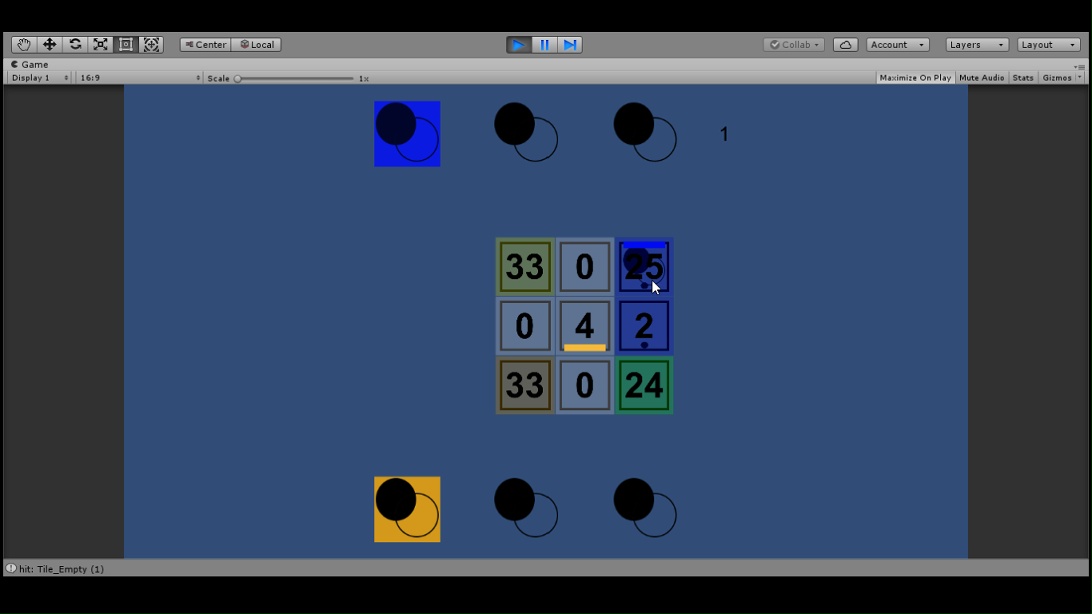
My first prototype was to make a strategic competitive puzzle game.
In a level up to four player, each player possesses a tile (castle) in the player’s colour. The castle automatically generate units. The player can send units to an adjacent tile. A player wins the tile when he/she sends enough units on the tile to conquer it.
The player goal is to either conquer all the other castle or to conquer the majority of the map.

In addition, the player controls three unique heroes, which gives the player special abilities and opportunities in the game.
The idea of the design was to make a game about the strategies of the player, where they need to divert and change the movement of the units depending upon the game state.
However, they were some problems with my prototype.
Reflex vs Strategy

The biggest problem of my design was that the player with the fastest reflex would always win. As the prototype was updating in real time, it was producing constantly units and the player were not limited in their action (clicking to move units around). This caused the player with the fastest reflex to do a lot more actions than the other players, which gave them an advantage over them and removing the strategic aspect.
Heroes

In the initial goal, the player were controlling heroes to do their bidding and help them win the game. But the problem was those heroes were not fundamental to the core game play. As I was iterating on the first prototype, I spend a huge chunk of my time designing the heroes. Instead, I should have focused on the core game play first to make a more enjoyable game loop.
Future prospect
When I come back to this concept, I will first make sure to develop a strong core game play loop before creating different methods to play the game (such as heroes).
Color Floor – Insight in design and player choice
Color Floor has explored many ideas and concept when I was designing it. It was interesting to check how player reacted and chooses how to solved their puzzles, which in turn influence how I made them.
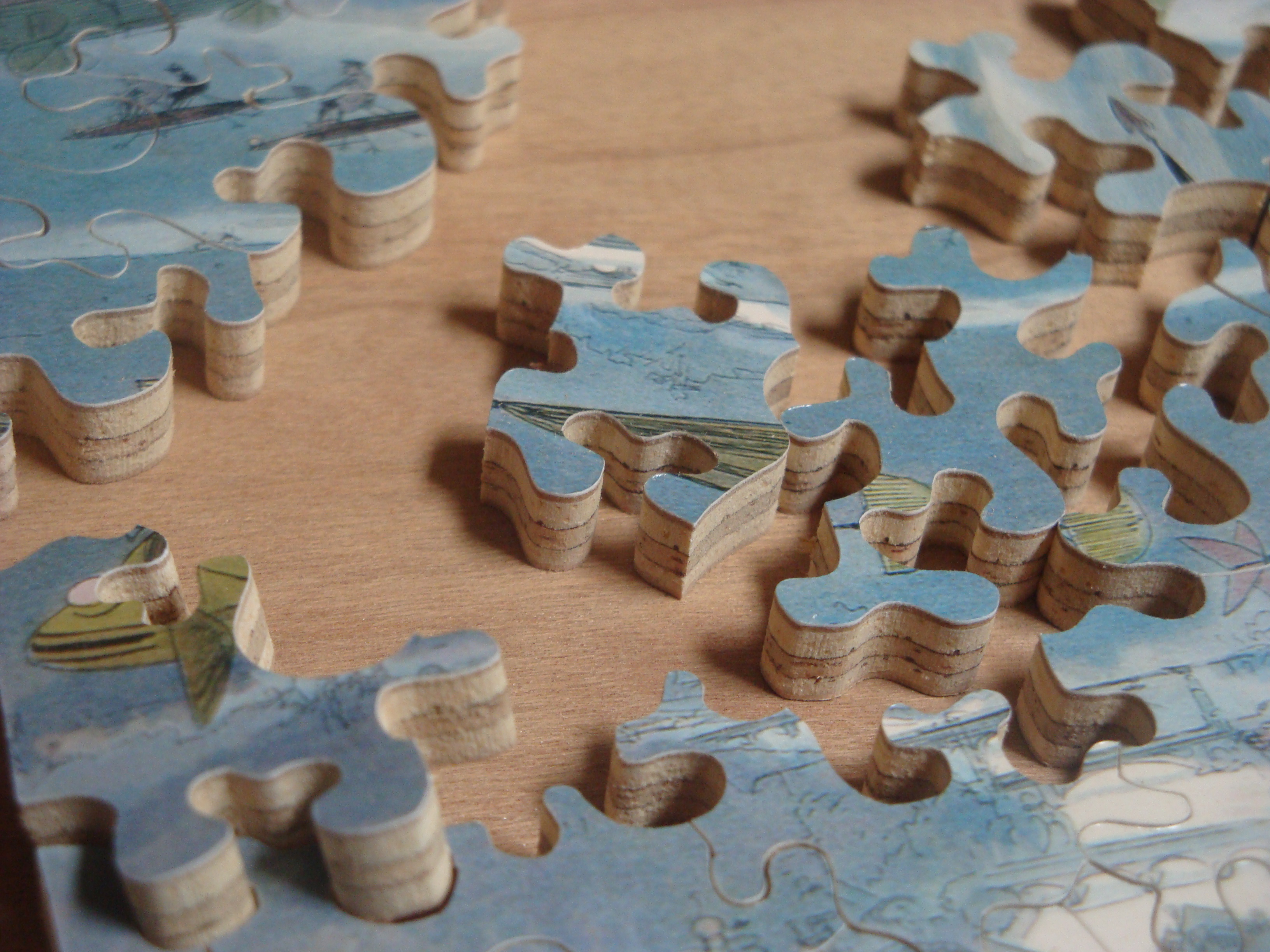
Player Choice on how to solve puzzles
Throughout the game, the player will have many decision to make. In my case, those decision are mainly correlated on where to move and what color the player is. While it can be interesting on how to solve puzzle, and I’ll talk about it later on, I would prefer to look at how player wants to solve my puzzle.
From what I observe during play testing, players tried to approach puzzles in two ways: Planning it or Doing it. For some of the puzzle, the player will tried to calculate where to go, and in their heads solve the puzzle before doing it. However, because it is a video game, the player can easily move around and backtrack. Because of this opportunity, player can play around, until they get a desirable outcomes.
What makes it interesting is that the player will often do a mix of both. When the level is small, player often only tried different possibilities until they passed it. However, as the levels in my game gets bigger, the player tactic change. Instead of just trying to do the levels, they will start to think on how to do it. If the level is not too big, they will planned all the solution in their heads. But once it becomes complex enough, the player will starts to tried combination of doing and planning in the level, and learn from them.
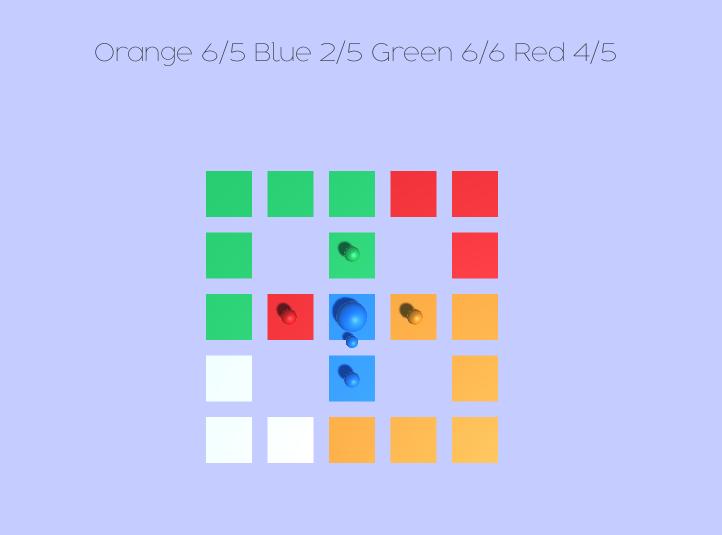
Hence, I had the great opportunity to observe how I influence the choice on how to solve the puzzle for the player. By changing the size of my levels, I changed how they choose to find the solution for my puzzles. Nevertheless, even if I affected the players decision on a broad level, each individual are unique, which mean people plays with different style. In other word, there are not definite laws about how the player chooses to solve a level.
Level design premise
While creating my puzzles, I made few rules on how to create them:
- The amount of tiles on the level should not be too much.
- Unless it is a tutorial level, the solution should not be discovered at the first try.
- The player can always easily restart or backtrack.
- The player can observe the full level. There are no secret in it.
- Each level should take clues from the previous ones and the next ones, to create a good progression.
With those rules, I set myself up with the opportunity to design levels as I intended. I made those rules, so my levels are more similar and correspond to the philosophy of my game.
Level design example
Now, I am going to talk a little bit on how I design my levels. In this case, I am going to talk about the fourth level in my game.
To begin with, I start with what I want the player to learn from the level and how long I want them to stay in the level. Also, I want to know how hard I want the player to find the solution, etc. In other word, I set the premise and rules of my level.

Then, I start doing the concept of my level. I know that I want my level to be a little bit harder than my previous tutorial levels, so I am going to use more tiles for it, but not too much. I want the level to take on average less than two minutes, around 30 seconds, so I want to stay under twenty tiles. Furthermore, the lesson for my level is for the player to reuse a previous learn mechanic. In Color Floor, the player can go on previously colored tiles with a different color. To put more emphasize on it, the puzzle is only going to be only two colors, so the player can concentrate more on the lesson.
Afterwards, I start doing some concept art.
When I get something I like, I put it in the game engine and start grey boxing the level. When doing the grey boxing, I think more on how to solve the puzzle and how to do it. Because this level is not too complex, i’ll keep the amount of movement minimal. For this level, the player movement is organised in two loops of movement.
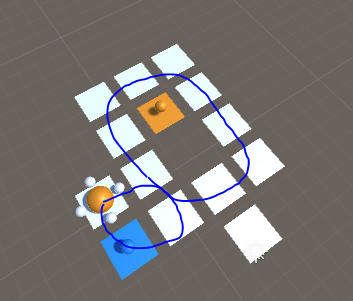
To give more information to the player, I design the map so the player must finish at the bottom of it. In addition, I make the goal fairly straightforward, so the player can understand which color goes with which loop of movement. This will help the player to solve the puzzle more easily.
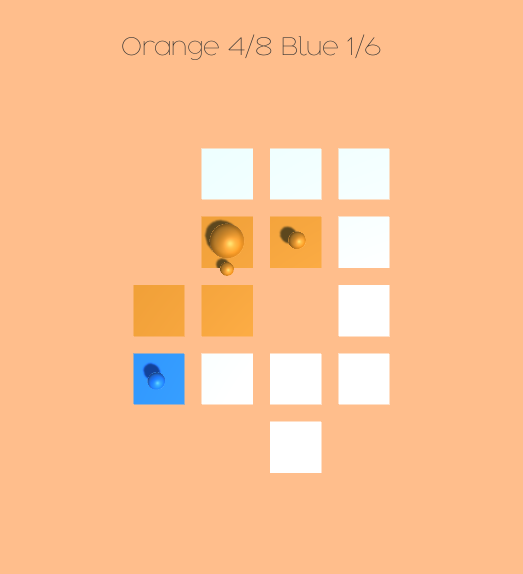
Tada ! Here is the result of a level that correspond to the goals I set for it. Simple movement pattern, demonstrate the mechanic I want and more tiles to show that the level is a little bit more complex. This is what I wanted for a level.
Conclusion
So here are some insight on my level design and how I design my game to influence player choice. Color Floor was an interesting game to make, as it challenged me to be more careful with the design of the game so players would enjoyed it more.
Intro to Color Floor
For this season, I had to make a new game for my curriculum. In this case, I made Color Floor.
What is it?
 Color Floor is an abstract puzzle game. The objective is for the player to solve maze-like puzzles, by coloring the tiles of the level. Each level is composed of a colored player and tiles.
Color Floor is an abstract puzzle game. The objective is for the player to solve maze-like puzzles, by coloring the tiles of the level. Each level is composed of a colored player and tiles.
Each level possess a goal. Those goals represent how many tiles the player must colored the floor by a specific color. For example, if the goal of the level is five blue, the player must colored five tiles with the color blue.
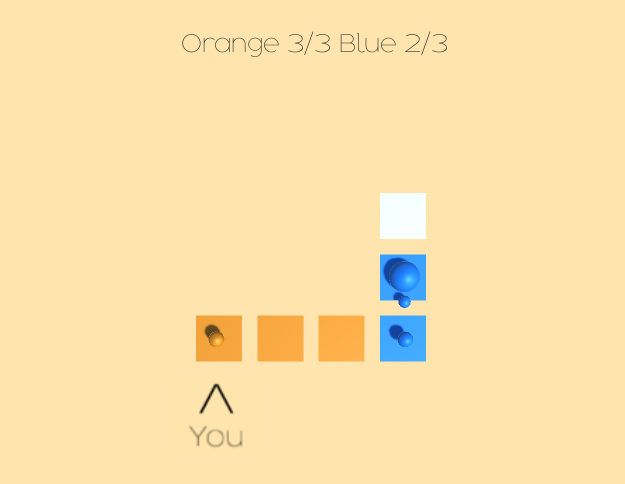
To change the color of the tiles, the player simply needs to step on them to change their colors. The tiles will change their color depending on the player color. Furthermore, the player can change is color by stepping on special tiles that change his/her color.
The puzzles are going to be variation of the number of tiles and how they are placed on the map. In addition, the number of different colors present will change between the levels. This result in various possibilities for the levels and possible puzzles to design for.
Experience
The experience I want to offer with Color Floor is calm. I want the player to be able to relax, takes his/her time to solve the puzzles and not be pressure by the atmosphere.
To achieve this, I used all the tool I had at my disposition. In this case, it was mainly going to be about how I design the levels and the soundtrack in the game.
Color Floor levels are made to be so the player will spend from twenty seconds to seven minutes per level. Each levels can be easily restarted. Also, the player possess the feedback to easily backtrack on what he/she did. The objective, as in many other puzzle games, is to start with a simple mechanics, then progressively add to it. For example, in the first level, the player is limited in his movement, which guides him/her towards the completion of it. The player learns how to move, how to solves a level and how to changes the color of his/her avatar. Then, the next level adds a new mechanic, and the game continues on. This let the player to experiment one thing at the time and learn from previous levels on how to complete the more challenging ones. Which means that the harder levels are less difficult, which is my goal.
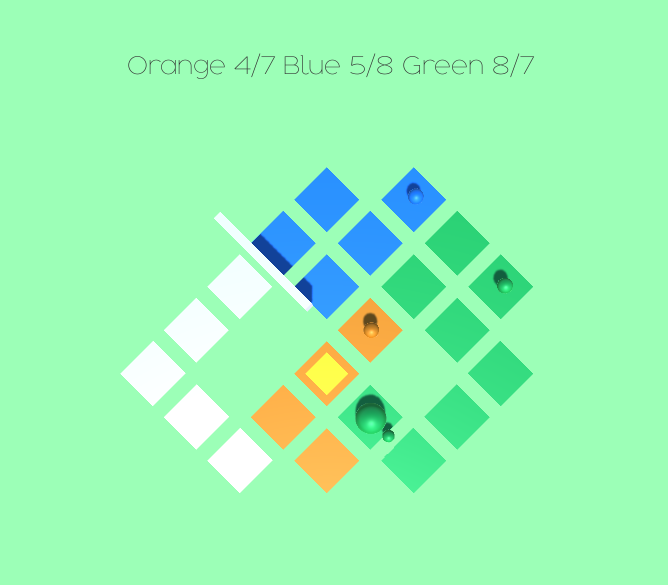
As for the soundtrack, the objective was for the audio to be played throughout the game continuously like a radio. The soundtrack was made to be elegant and relaxing. By never breaking it, it led the player fully appreciate a song with multiple melodies. It goes without saying that having a relaxing soundtrack will enhance the peacefulness of the game.
In addition, a brilliant idea was to reward the player with the soundtrack as the game progress. The more the player goes through the levels, the more the soundtrack rewards them with more complexity or altering melodies.
Thus, by combining level design and how the audio is presented in my game, I created an experience to what I intended it to be; calm.
To finish, Color Floor was an interesting project to play with. I learned useful things from it and it was interesting to create it. Puzzle games are not the most easiest thing to design, but it was fun to played with them.
Anti-Gravity – Design Insight
To make the levels more interesting in “Anti-Gravity”, my team and I used more advance techniques in design to teach or make the game more interesting to the player. For this project, we used more concept from the theory of Gestalt to improve the design of our levels.
Receivers
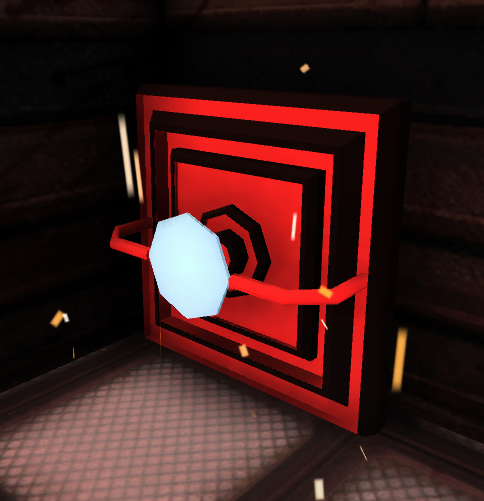
One of the main concept of our game was about how to solve puzzle. Basically, each puzzles is about directing and redirecting a laser towards a receiver. Then, the receiver would power up and open the door for the player to leave the room.

To make sure we teach well what was the use of the receiver, we made sure that the receiver in the majority of the puzzles are next to the door. By using the concept of “proximity”, we made sure that it was more obvious how the receiver was link to the door. By being right next to it, it is more easy to understand that the receiver is linked to the door.
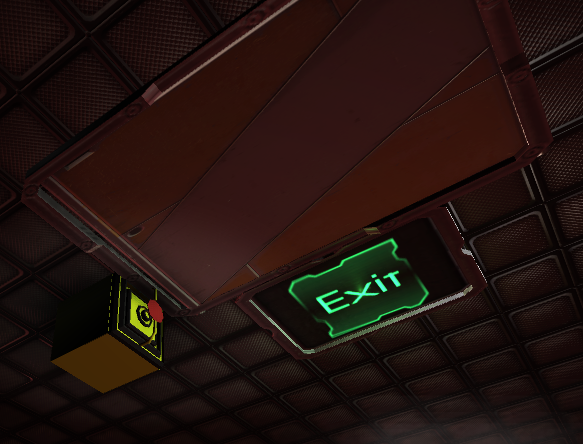
In addition, the receiver in our game also use a little bit of the concept of “Figure-Ground” to help distinguishing it from the environment. By simply being an object, the player can identify the receiver a lot more easier.
Ceiling

As the name of our game infers, the player as the ability to switch the gravity of his character to access different elements on the ceiling. While the player needs to use it in the first room of the game, it is later on that it becomes more important.

The first time the player really needs to look up the ceiling, the room puts directly, at the center of the player vision, some smoke going towards the ceiling. By using the theory of “Common Fate” of Gestalt, we attract the player vision towards the ceiling with the movement of the smoke particle effect. The player will see as he/she enters the room more easily the ceiling, so this new piece of information for the puzzle in the room is more natural to observe.
Redirection Cubes
Another use of the gestalt, “Similarity” in this case, is the form of our cube. In our game, we possess two distinctive type of similar cubes, each having different abilities.
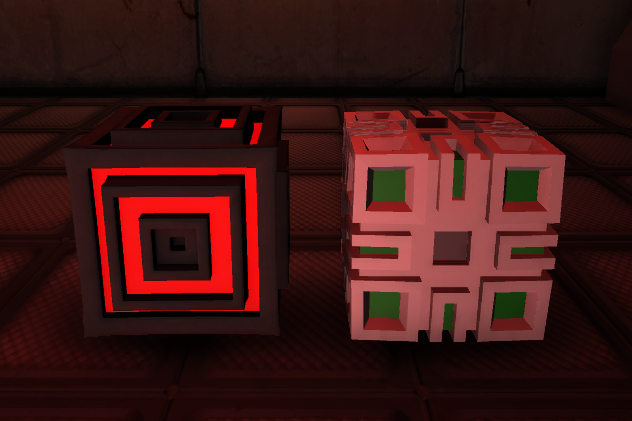
While each cubes possess a cubic form, the motif on them is different. In addition, the exterior colors on the motif are also different from one and the other, so it is easier to differentiate them. Our objective was to make the player understand that the cube was different from previous one, but still serve as the same purpose.
Conclusion
When making the game, designing the levels was a conscious effort of the team. We needed to make sure everything was making sense. By using diverse forms of level design, we achieve to make them more interesting, so the player would have more fun with them.
Anti-Gravity – Game Concept and Changes
For our third project this trimester, we had to make a game based upon trust. In addition to two other piece of media, we needed to come up with an idea and create the game within five weeks. From this idea, the project of “Anti-Gravity” was born.
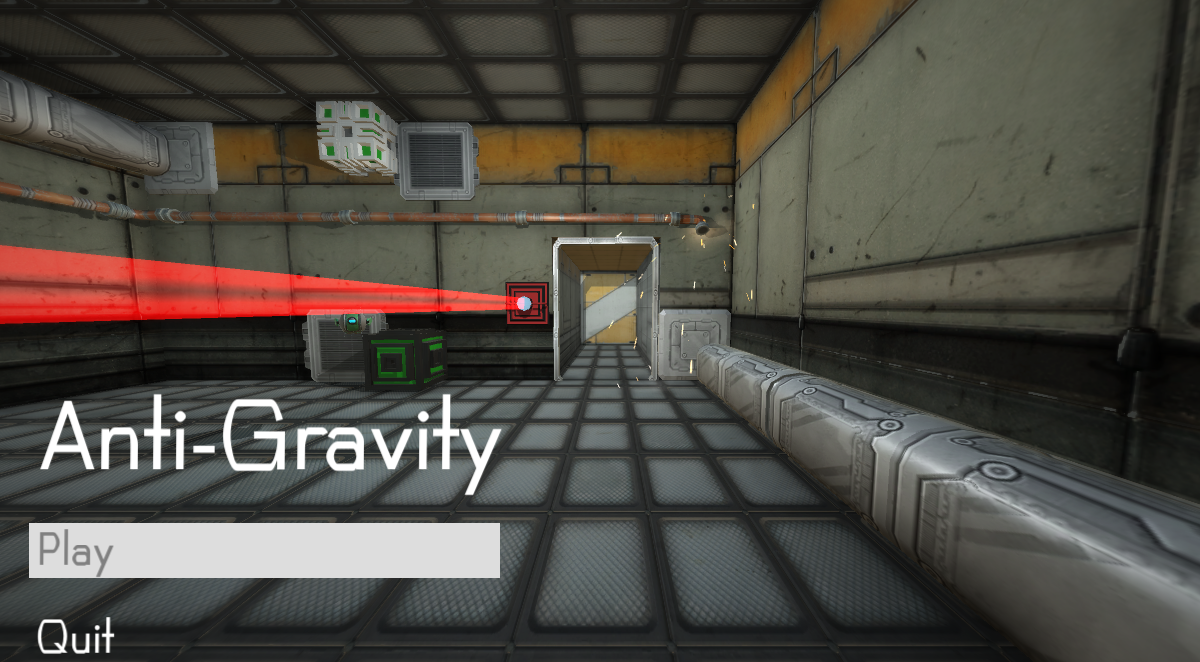
The original idea of our game was based upon “Laterus” by Tool and Kandinsky “Black and Violet”. Our game was about a worker solving rooms with lasers to access the distress call button to save the ship. In addition, a drone would be following the player, adding more narrative and information to the game.
While the original idea was good, we quickly made some changes to the game, to make sure the experience would be enjoyable.
Puzzle components [Lasers]

The original idea for the puzzle in the game was that the player would need to play with electric circuits to solve the rooms. While it was an interesting concept, my partner and I quickly agreed it would be too much difficult to implement. Electric circuit are not necessary a common knowledge, so it would have been hard to teach the player all about it during the game. In the other hand, lasers puzzles have been done in many video games, notably “Portal” and “Talos Principle”, so it was more easy to do. We had more sources to learn from, meaning it was more easy to implement for the short duration of the project. In addition, it is more easy to visual how puzzle would work, both for the designers and the players, because the lasers are something more easy to imagine in our heads.
Cube rotation
Another component of the game who changed as earlier as we could was on how the cube could rotate. The original idea was that the player would be able to pick up cubes, and rotate it with some buttons as he/she wanted it, so the player could control the direction of the laser.

We quickly decided to change this method after the first prototype. Rotating the cube was not very intuitive, and the player had not idea where the laser would be going. To solve this issue, we decided to make that the front of the cube redirecting the laser was always at the front of the player. By doing so, the laser was much more easier to control and the player could see where the laser was going.
Conclusion
To achieve good result, it was important for us to quickly change some core elements of our game. It is good to remember that original ideas are not necessary the best and that we should always reiterate and pivot when we can based upon the feedback we receive.



